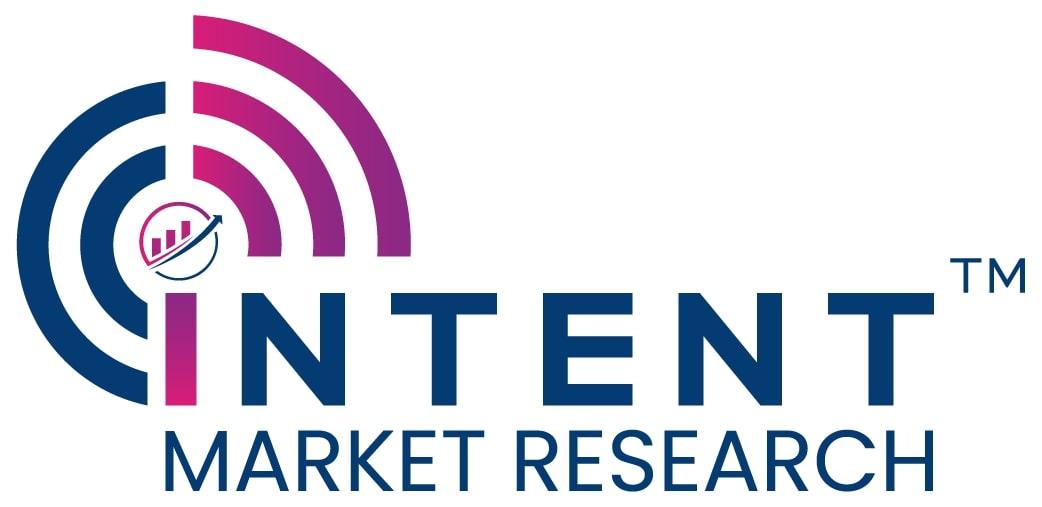Illuminating Growth: Exploring the Horticulture Lighting Market

In recent years, the horticulture industry has witnessed a paradigm shift with the adoption of advanced lighting technologies to optimize plant growth. The horticulture lighting market, fueled by the growing demand for year-round cultivation and the need for sustainable farming practices, has been experiencing significant expansion globally.
Horticulture lighting refers to the use of artificial light sources to stimulate plant growth during various stages of cultivation, including germination, vegetative growth, flowering, and fruiting. Traditional methods of horticulture relied heavily on natural sunlight, limiting the cultivation season and geographic location. However, advancements in lighting technologies, particularly LED grow lights, have revolutionized the industry by enabling growers to cultivate crops indoors under controlled environments.
One of the primary drivers of the horticulture lighting market is the rising demand for fresh produce throughout the year, irrespective of seasonal variations. By leveraging horticulture lighting solutions, farmers can extend growing seasons, increase crop yield, and enhance the quality of produce. Additionally, indoor farming using LED grow lights allows for precise control over environmental factors such as temperature, humidity, and light spectrum, resulting in optimal conditions for plant growth.
Moreover, horticulture lighting offers significant advantages in terms of sustainability and resource efficiency. Compared to conventional farming methods, indoor cultivation requires less water, pesticides, and land, making it a more environmentally friendly option. Furthermore, LED grow lights are energy-efficient and can be customized to emit specific wavelengths of light tailored to the needs of different crops, maximizing photosynthetic efficiency and minimizing energy consumption.
The horticulture lighting market is witnessing rapid innovation and product development, driven by advancements in LED technology, smart lighting systems, and automation. Manufacturers are continuously introducing new products with improved efficiency, durability, and spectral tuning capabilities to meet the evolving needs of growers. Additionally, integration with IoT (Internet of Things) technology allows for remote monitoring and control of lighting systems, enhancing efficiency and productivity.
In conclusion, the horticulture lighting market presents immense opportunities for growth and innovation in the agriculture sector. As the demand for sustainable farming practices and fresh produce continues to rise, the adoption of advanced lighting solutions will play a crucial role in meeting these needs. By harnessing the power of horticulture lighting, growers can achieve higher yields, lower resource consumption, and contribute to the advancement of a more sustainable food system.
- Art
- Causes
- Crafts
- Dance
- Drinks
- Film
- Fitness
- Food
- Games
- Gardening
- Health
- Home
- Literature
- Music
- Networking
- Other
- Party
- Religion
- Shopping
- Sports
- Theater
- Wellness
